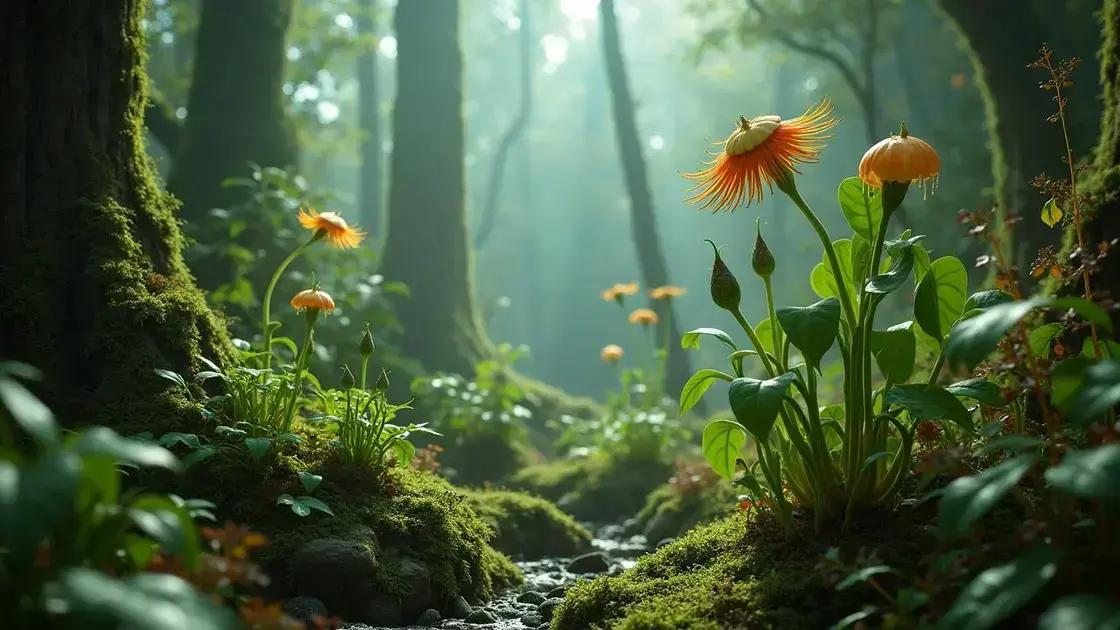How to Care for Venus Fly Trap Plants: 5 Essential Tips Unveiled
How to care for venus fly trap plants isn’t just about watering. It’s a fascinating journey into the world of carnivorous plants. By understanding their unique needs, you can ensure that these captivating plants thrive in your care. From identifying the right soil to providing adequate sunlight, each step plays a vital role in their growth. Let’s delve into the essentials that will keep your fly traps happy and healthy.
Table of Contents
ToggleWatering schedule for venus fly traps
Watering schedule for venus fly traps is essential to keep these unique carnivorous plants healthy. Understanding their specific watering needs helps ensure they thrive in your care. Unlike typical houseplants, Venus fly traps require distilled water or rainwater, as tap water can harm their roots due to added chemicals.
- Water about once a week, ensuring the soil remains consistently moist but not waterlogged.
- Monitor the moisture level, and feel the soil to ensure it’s damp, especially during hotter months.
- If you notice the leaves starting to turn brown, this may be a sign of underwatering.
When nurturing your fly traps, remember their growing season. Watering schedule for venus fly traps can vary depending on the time of year:
- Spring and summer: Active growth stage, water frequently to keep the soil moist.
- Fall: Transition into dormancy; reduce watering slightly.
- Winter: Dormant period; water much less, just enough to prevent the soil from drying out completely.
In addition, setting your Venus fly traps in a tray of standing water can help maintain humidity around the plant. However, avoid letting the plant sit directly in water for extended periods, as this can lead to root rot.
For more expert tips on plant care, you can check out exploring indoor gardening techniques to keep your plants flourishing.
In conclusion, establishing a consistent watering schedule for venus fly traps is vital. Keep an eye on environmental conditions and adjust as needed to ensure your plants remain vibrant and healthy.
Ideal soil requirements for your fly traps

Ideal soil requirements for your fly traps play a crucial role in keeping these fascinating carnivorous plants healthy. Venus fly traps thrive in nutrient-poor, acidic soil that mimics their natural habitat. Using the right soil mix supports proper drainage and aeration, which are key for healthy plant growth.
Choosing the right soil mix
To create the optimal environment, consider using a specialized potting mix designed for carnivorous plants. An ideal blend consists of:
- 50% sphagnum moss or peat moss
- 30% perlite or coarse sand
- 20% orchid bark for added aeration
Testing and adjusting soil pH
The pH level of the soil is essential for your Venus fly traps. Keeping the soil’s pH between 4.5 and 6.0 is optimal. Here’s how to test and adjust:
- Use a soil pH meter or pH test strips for accuracy.
- If the soil is too alkaline, consider mixing in more sphagnum moss.
- In case of excessive acidity, you may dilute it with a small amount of silica sand.
Potting and repotting your fly traps
When potting or repotting, ensure the pot has sufficient drainage holes. This simple step helps prevent root rot caused by excess moisture. Follow these easy steps:
- Select a pot approximately 4-6 inches deep for optimal growth.
- Fill the bottom with your prepared soil mix.
- Place the plant gently, covering the roots with more soil until the crown is level with the top of the soil.
As your fly traps grow, consider repotting every year or two, especially during their active growing season in spring. This refreshes the soil and gives them more room to thrive. For additional guidance on nurturing plants, check out exploring indoor gardening techniques.
Overall, understanding the ideal soil requirements for your fly traps ensures a thriving environment that allows your carnivorous plants to flourish.
Sunlight exposure for healthy venus fly traps
Sunlight exposure for healthy venus fly traps is crucial for the overall health and growth of these remarkable plants. Ensuring they receive the right amount of sunlight will help promote their unique feeding habits and prevent stunted growth.
Optimal sunlight conditions
Venus fly traps thrive best in bright, direct sunlight. Here are some key points to consider:
- They need at least 12 hours of light each day during the growing season.
- Place your fly traps near a south-facing window to maximize sunlight exposure.
- If natural sunlight is limited, consider using grow lights to supplement their needs.
Signs of adequate and inadequate sunlight
Recognizing how your fly traps respond to light can help you adjust their environment accordingly:
- Healthy growth signs: Vibrant green foliage and robust trap development.
- Lack of sunlight signs: Pale or stretching leaves and fewer traps.
Adjusting for seasons
As sunlight changes with the seasons, you may need to make adjustments:
- In spring and summer, maintain a consistent light schedule of 12 hours of exposure.
- In fall, gradually decrease light exposure as the plant enters dormancy.
- During winter, ensure your plant still gets natural light, even if it’s less.
For further insights into caring for your plants, check out exploring indoor gardening techniques to help enhance your gardening skills.
Understanding the sunlight exposure for healthy venus fly traps is vital in ensuring their vibrant growth and well-being. Proper light conditions allow these unique plants to thrive, displaying their stunning traps that capture unsuspecting prey.
In conclusion
Caring for Venus fly traps requires understanding their unique needs, including proper watering schedules, ideal soil conditions, and adequate sunlight exposure. By implementing these essential tips, you can ensure that your fly traps thrive and maintain their captivating beauty. Remember to monitor their environment, adjust conditions as needed, and provide the right care throughout the growing season. For even more insights and tips on enhancing your indoor garden, continue exploring various gardening resources to keep your plant collection flourishing.

